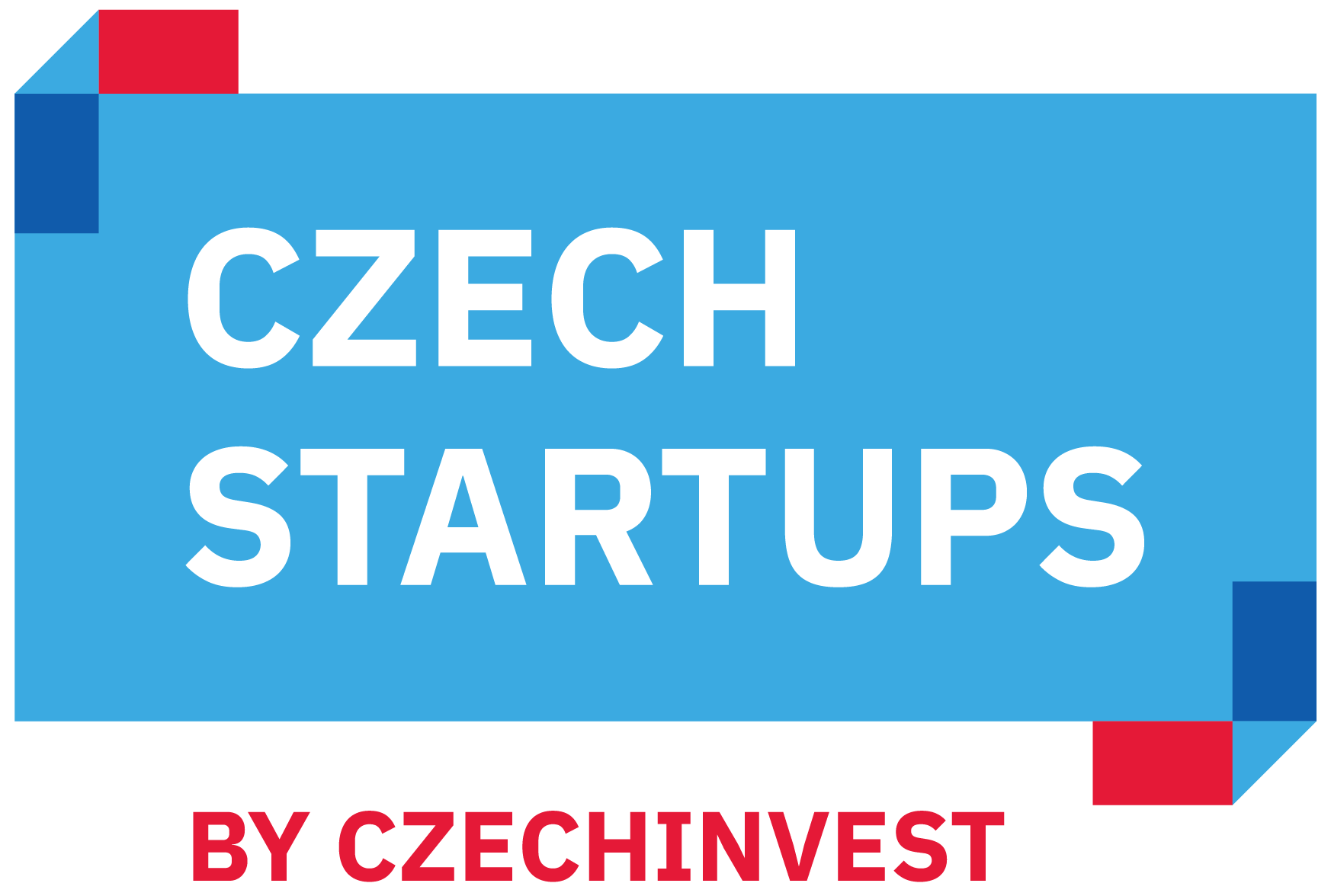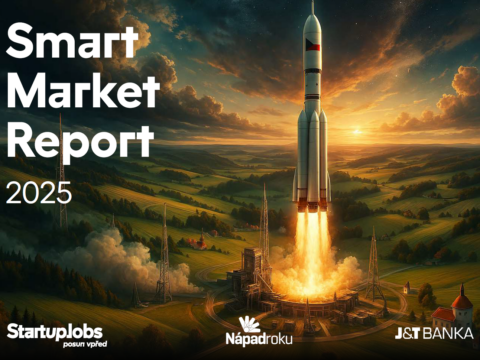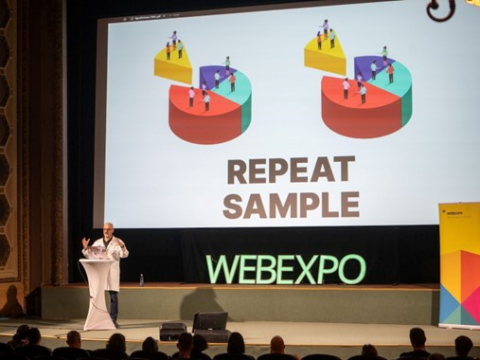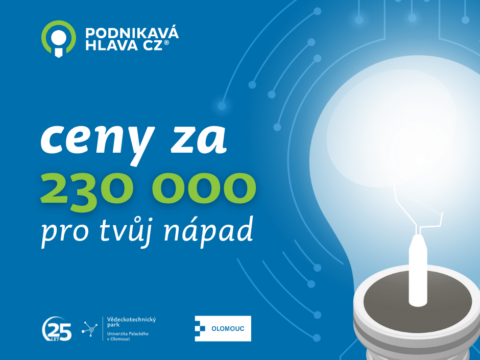Startup OpinioAI aims to replace the often-unpopular questionnaires and surveys in market research. Using artificial intelligence, the platform aims to precisely synthesize human-like opinions and reactions, helping two parties at once. One group is businesses and companies that need to predict customer opinions and behaviors to properly target their needs for their business decisions. The other party, customers and end users must no longer fill out surveys that are often an integral part of our personal and professional lives.
OpinioAI has gotten strong feedback from over 1,500 of their users about the usefulness and effectiveness of this approach. Even though scientists around the world are discovering that generating data from synthetic or virtual segments is comparable to human respondents, at OpinioAI they believe that AI is not a replacement for humans and their opinions. Nor do they wish to replace humans. They just want to help correctly find the needs and goals of customers, users or even employees or voters in a smart and affordable way.
We sat down with the co-founder Nikola Kozuljevic moments after their win at the AI Pitch Startup Contest in Ostrava, where they wowed the judges and won first place. Congratulations!
1) Nikola, what is your “growth”? What exactly do you do?
We aim to evolve how market research is done. At the moment, to get some customer insights you need to 1st define your research, then define the method, build up a questionnaire (or any kind of tool to gather data). Then you need to send it to the customer or a market segment to get those insights. Wait for data to be collected. Then analyze it. Then report on the data.
As you can see, this process is overly complex, and it can cost hundreds and thousands of dollars depending on the complexity of the project.
Modern Large Language Models (LLMs) allow us to fully optimize and even automate this process and not just in creating the method or questionnaires, but in the most pressing phase, collecting customer feedback.
With OpinioAI companies no longer need to spend huge amounts of money reaching out to their customers. They can use our AI tools and fine-tuned models to get to the data and insights that are similar, precise and within the error margin as if they were asking real humans. Researchers around the world are reporting on various ways how AI can be used in market research within different contexts, as well as precision.
This is powerful and revolutionary to the entire industry, as AI can be infused in every step of the research process. From research design to insight reporting, AI was, is, and can be of big help.
2) What is your input data? What do you work with and what is the result?
There are several levels to answer this question.
First, we work with foundational, large language models (such are GPTx, Llama, Google’s Gemini…) where we tap into to get synthesized data. We’re model agnostic in this regard. With this simple approach, companies can generate primary research data they need.
Second, we use models over an existing data set, files or reports. This is done with the technique called Retrieval Augmented Generation (RAG). It’s basically “speaking with the data set”. This approach of course, means a highly efficient and contextual evaluation of existing secondary data sources.
Third, we can use previously done research and its raw data to fine tune models. This so called ‘few shots learning’ with transfer learning and it is extremely powerful as it gives us a way to increase accuracy of the output of the pre-trained model.
For companies fine-tunning technique means that if they have done research six months ago but did not ask some questions, then they don’t need to do the research again. It is enough for them to use the raw data and fine tune the models, so they ask any other questions from their virtual, now fine-tuned audience.
Ask for the results themselves, they are what our customers want them to be. We are giving our clients the opportunity to define what kind of questions they ask and what kind of answers they can expect. They can be open ended questions, rated questions, short Yes/No answers…
My co-founder Gašpar and I are focusing on building up the OpinioAI platform to include templatized research and structured reports, as well as increasing the reliability, confidence, and precision of the overall output.
3) How can you predict what a person is likely to think at any given moment? Aren’t people’s opinions also changed by their current mood, current situation, or just because someone missed the train or has personal problems?
You are pinpointing a real problem when it comes to market research. Market research is usually done in a controlled environment. There is no easy way to market ‘research’ and ask people about their opinions when they are stressed, or with some unexpected problems. Because nobody wants to answer questions right at that moment. And people’s positions and emotions change all the time.
What market research wants to do is to extract average insights throughout time across different segments. And even though trends happen, and there are some mood swings, usually these are not so visible just because we in market research see an entire segment in totality.
And ultimately, the way we use AI to synthesize market research data is still not comparable to real human responses. We can’t replace humans and human respondents, yet. But you must also understand that this is just a starting point for this technology.
We are going to continue working, improving and innovating in this use case using modern technologies. It might take us to some cool new methodologies the professionals and researchers never thought of before.
4) You talk about the average. How accurate are your results?
Averages indeed matter.
Think about a company selling chocolates. In their research they’d find out that there’s a customer willing to pay 100 CZK for a bar. Others would be willing to pay 15 CZK. But in the analysis, they conclude that 65 CZK is average. They will then price it around that level, while ignoring the outliers.
This is why averages matter and why LLMs are so good at this. Sure, the precision depends on what kind of technique we use to generate data, but average outputs are still valid.
At the same time, there is an increasing number of scientific research arguing that data synthesized with LLMs (even with prompting alone) generates data that is within the error margins. That is, as if you’re ‘surveying’ real people.
We do see some limitations this approach has, but in general when you see the data generated from AI and from real humans – it is comparable and enough for pilot studies. This alone opens many possibilities.
Sure, for the time being, we’ll still rely on humans and there, albeit imperfect, responses and trust them more than AI synthesized. But due to the nature of how these LLMs are built and how they work, it is just a matter of time before both are balanced and used in conjunction.
5) Where can your tool be used?
We see OpinioAI being used by two distinct segments at least.
First, are small and medium enterprises that don’t know how to do research, but they want to do research, but they don’t have the money or the resources to do so.
For them OpinioAI is an easy to use and affordable platform to get insights into their brand, messaging, into their position on the market, pricing, projections and so on.
On the other hand, there are industry veterans who already have some data and knowhow how the get most from synthetic data and technologies. And for them OpinioAI is a way to further use that data to gather more (synthesized) data and help them in their existing processes and workflows.
6) What are 3 key words which can define your #startuplife?
Hard-work, execution and innovation. No doubt about it. 😊
Thank you, wish you good luck!
source: OpinioAI






